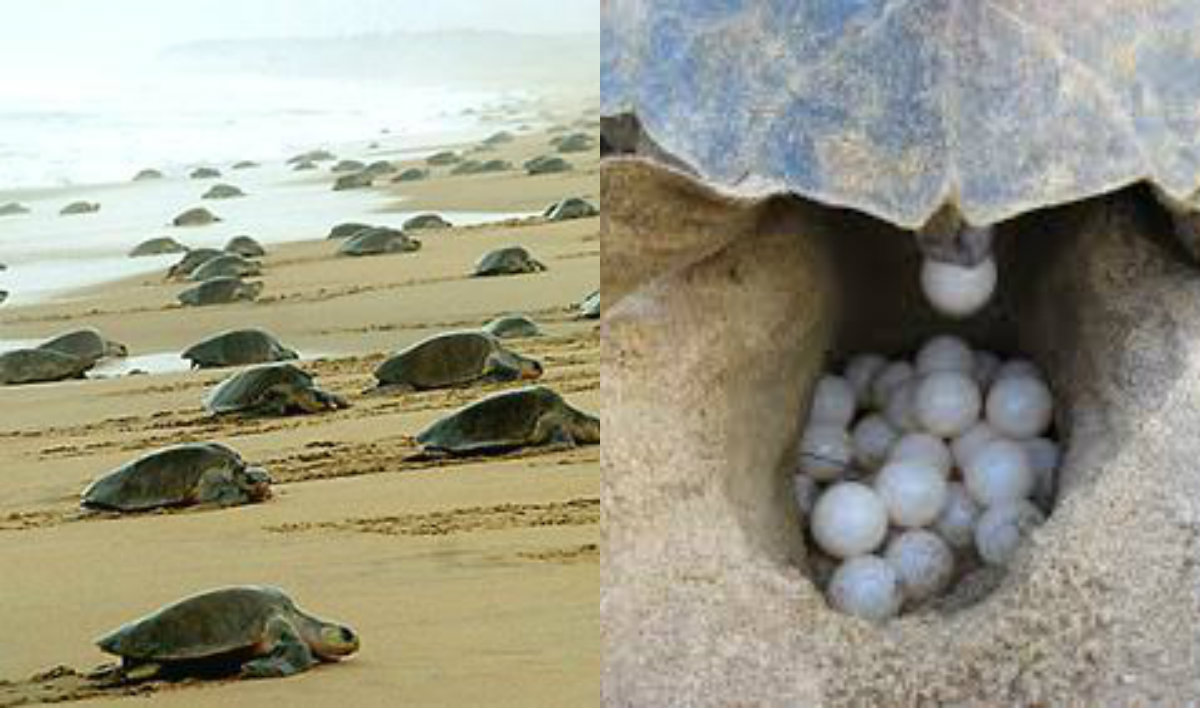Ever since the nationwide lockdown due to the life-threatening COVID-19, nature has been healing which is a great tiding for the environment.
Meanwhile, in Rameswaram, which is the core for Turtle nesting, foresters, and marine biologists are disappointed to see a sharp drop in the number of sea turtles coming to shore to nest this season.
Smuggling gang busted, 327 turtles seized
As per the forest personnel, in 2019, they collected 10,458 eggs laid by turtles in the sands close to the seashore. The turtles cover the egg pits and move back into the sea. This year, there has been a sharp decline in the number of turtle eggs. They found only about 6,000 turtle eggs at the usual nesting spots in the stretch from Dhanushkodi to Arichalmunai,.
According to marine biologists, the Rameswaram coast is experiencing major climate changes like hot winds, sea erosion, and shrinking of the beaches which reduced the sea turtle nesting this year.
The turtle nesting season on the beaches of Rameswaram usually runs from December to March. In the summertime when the weather is warm, pregnant female sea turtles return to the beaches where they hatched years before. They swim through the crashing surf and crawl up the beach searching for a nesting spot above the high watermark. Using her back flippers, the reptile digs a nest in the sand. Digging the nest and laying her eggs usually takes from one to three hours, after which the mother turtle slowly drags herself back to the ocean.
The sea turtle lays up to 100 eggs, which incubate in the warm sand for about 60 days. The temperature of the sand determines the genders of baby sea turtles, with cooler sand producing more males and warmer sand producing more females. Once hatched, the turtles find their way to the ocean via the downward slope of the beach and the reflections of the moon and stars on the water.


















